Be a Part of the Solution: Build a Rain Barrel
This ongoing series will explore the United Nations Intergovernmental Panel on Climate Change (IPCC) report on climate change and how in impacts the Atlanta region, City of Atlanta and Buckhead.
With Earth Day 2022 on Friday and our focus on the United Nations’ recent climate report, decisions being made today concerning the handling of our water sources will directly affect our economic and environmental future. Quite simply, you need clean water to live.
As many as 3.5 billion people could experience water scarcity by 2025, while demand is projected to grow by up to 30% by 2050. The UN report states climate change increases variability in the water cycle, consequently reducing the predictability of water availability, decreasing water quality, and access to safe drinking water and sanitation worldwide. More than 80 percent of wastewater resulting from human activities is discharged into rivers and seas without any pollution removal. Community climate resilience at the local level helps to improve sustainable development outcomes.
When it rains it pours? One of the key areas in Livable Buckhead’s Sustainability Action Plan includes water efficiency improvement. Water efficiency gains contribute to the social sustainability of the Buckhead Community and the City of Atlanta. Atlanta’s Department of Watershed Management is working to integrate Green Infrastructure (GI) throughout the city. Stormwater management is a major problem in larger cities. Stormwater runoff from our pavements and rooftops may contain fertilizer, engine oil, and various contaminants that seep into our soil. GI is a way for us to slow this process and decrease the volume of polluted runoff. Here are a few ways you can help assure our city is clean and sustainable. Every little bit helps lead the way toward keeping our planet livable.
- Install a rain barrel, plant a tree, or redirect your downspout into a rain garden
- Use porous concrete or permeable pavers as an alternative to concrete for walkways and patios
- Landscape your yard using native plants and pollinator species to help build a more resilient neighborhood. Native plants are better adapted to our soils and climate and require less irrigation.
- You may already have a green infrastructure in your yard if your home was built after 2013.
Save money and be a part of the solution! Check out this beginners’ video to building your very own rain barrel:
Teresa Perkins is a climate change and sustainability journalist, who is creating research-based climate change content pertaining to sustainable energy at local, national, and global level for publication and distribution. She partners with non-profit organizations for innovative ideas and sustainability projects and connects global UN Climate Change reports to local initiatives.





